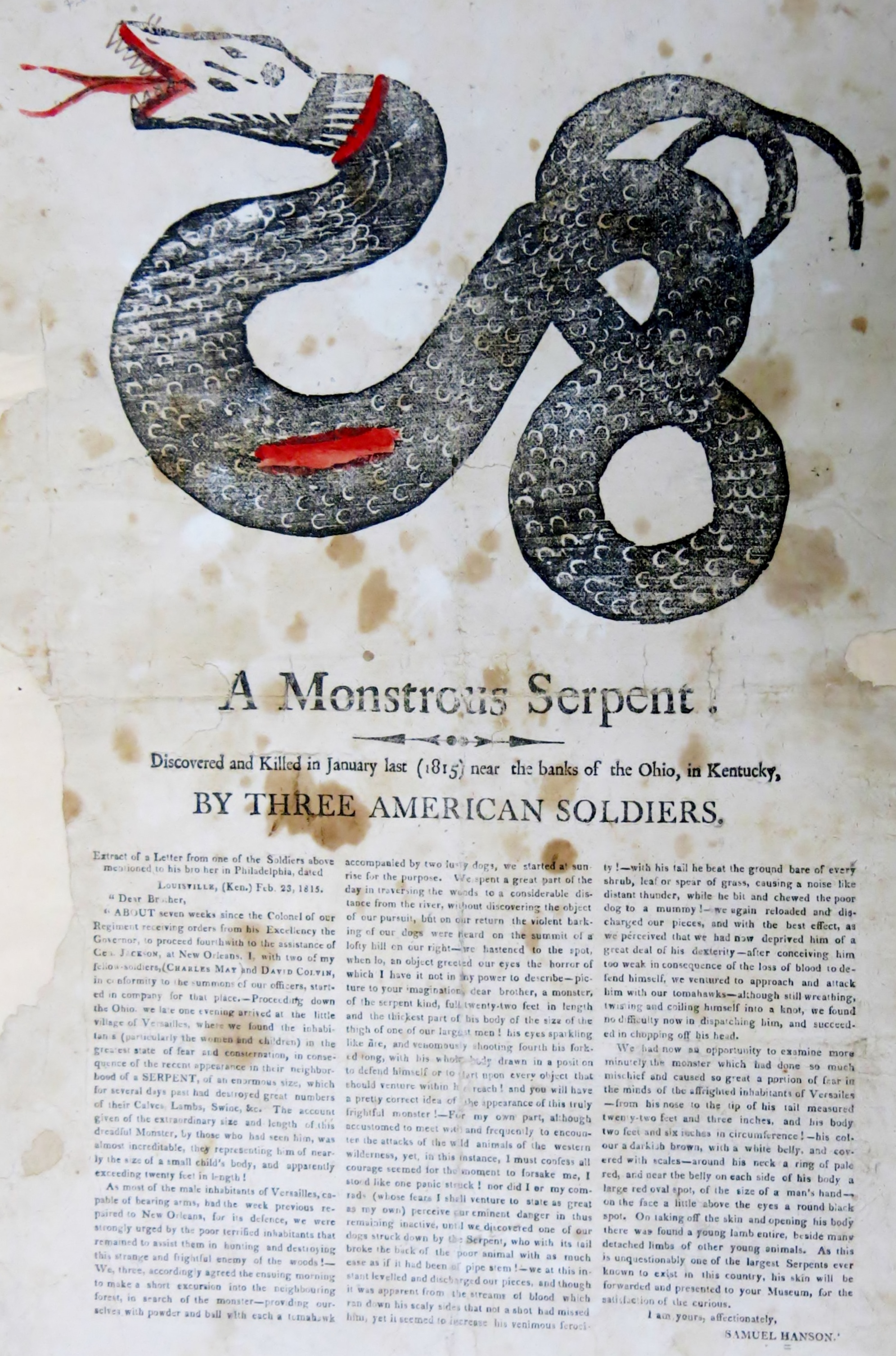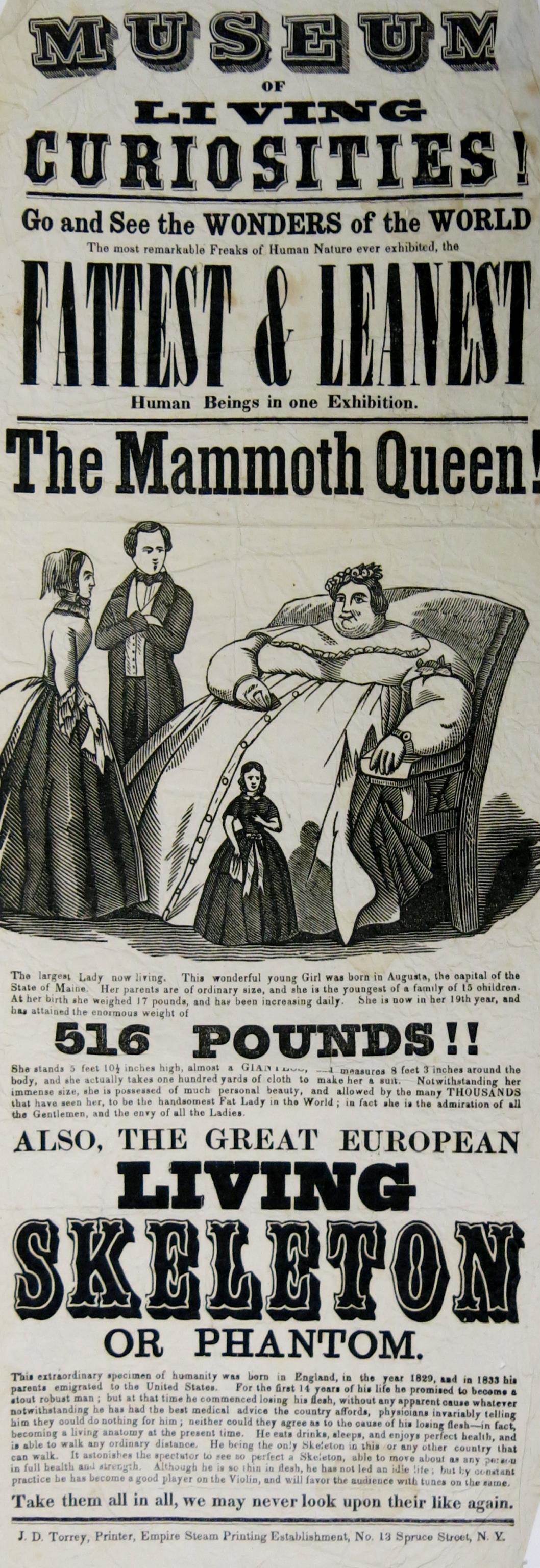By Dan Hinchen, Reader Services
As I sat trying to think of ideas for this post, I opened our online catalog, ABIGAIL, to brainstorm and see if I could think of any odd subject headings I wanted to explore. There, in that sentence, lay the answer. I typed in “oddities” to see what we might have in our holdings with that tag. The number of results I got with that search was a big fat goose egg. Thankfully, ABIGAIL, though often cruel in her adherence to a controlled vocabulary, offered me a bit of help and gave me another term that I should look into: “Curiosities and Wonders.”
And so I was off, looking into what curious and wondrous items the MHS holds. There are 33 titles associated with that subject heading in the catalog, with further subdivisions pointing to specific geographic locations (Lawrence and Boston, MA; NY, NY; Great Britain), photographs, even juvenile literature. Confining myself to the original 33, I started browsing the titles for common themes or links among them. It was soon apparent that we had a decent little number of items relating to the grotesque, freakish, and monstrous.

Opened by Daniel Bowen in 1795, the Columbian Museum showcased a broad range of curiosities: waxen figures of John Adams; larger-than-life depictions of Scriptural scenes, like David and Goliath; and exhibitions of various animals. “A procupine, a bear, a raccoon, and a rabbit were announced by their proprietor as ‘very great curiosities.’ There was an elephant which, in conformity with the habits of the day, drank ‘all kinds of spirituous liquors;’ and the public were assured that ‘thirty bottles of porter, of which he draws the corks himself, is not an uncommon allowance.’… spectators were informed that ‘he will probably live between two and three hundred years,’ — an announcement which shows that the effect of alcohol upon animal tissue was not then so well understood as it is thought to be at present.”1 The Columbian Museum operated until 1825 when the collections were acquired by Ethan Allen Greenwood for his New England Museum.

This broadside relates a piece of correspondence written by Samuel Hanson to his brother. Hanson, along with two other soldiers, is ordered to travel from Louisville, KY, to New Orleans in order to assist General Jackson there. Along the way, the three men stop for a night in the town of Versailles, KY, on the Ohio River. They are told tales of an enormous serpent that has been menacing the town and eating livestock. With all the able-bodied men of the town already off in New Orleans to join in the fighting, the townspeople aske these three soldiers to help them get rid of the threat. They agree and, the next day head out with their two dogs to search for the beast in the woods. After some time, they finally find “a monster, of the serpent kind, full twenty-two feet length, and the thickest part of his body of the size of the thigh of one our largest men! his eye sparkling like fire, and venomously shooting forth his forked tongue…” The men eventually succeeded in killing the beast and taking its head.

Finally, this broadside caught my eye mainly because of the image that dominates the center. However, after a closer look, it is the feature at the bottom that really stands out. Upon closer reading, we find that the audience has the opportunity to see a living man who, early in life, promised to be a robust man later on. However, due to some unexplained circumstance, the man lost all flesh and was, seemingly, a living skeleton, and one that could play the violin, to boot!
Clicking through ABIGAIL with little direction can yield some interesting and entertaining items. Take a trip down the rabbit hole, see what you find, and then visit the library!
1. Winsor, Justin, The Memorial History of Boston : including Suffolk County, Massachusetts, Boston: Osgood, 1881

